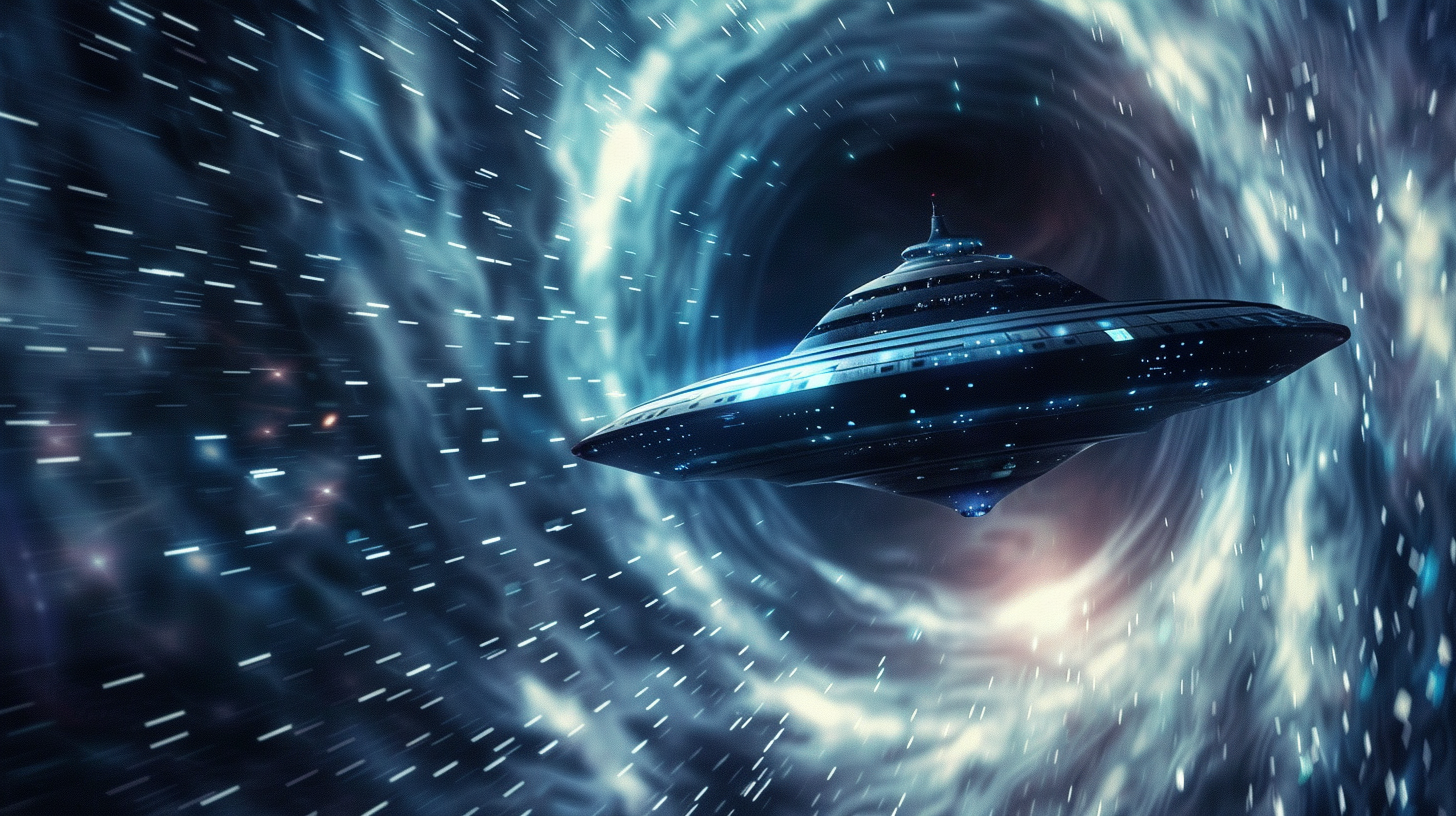In the annals of scientific inquiry, few concepts capture the imagination quite like the notion of wormholes. These hypothetical tunnels through spacetime, first theorized by Albert Einstein and Nathan Rosen in 1935, offer a tantalizing glimpse into the realm of interstellar travel. While the subject has often been associated with speculative fiction and popular culture, recent advancements in theoretical physics have shed new light on the feasibility of these cosmic conduits.
At its core, a wormhole represents a shortcut across vast cosmic distances, bridging two disparate points in spacetime. Picture a sheet of paper curved and punctured, with distant locations seamlessly connected through a tunnel. This intriguing concept suggests that traversing the unimaginable expanse of the universe might be achievable through these cosmic shortcuts.
However, the realization of such a feat presents formidable challenges. The energy requirements for creating a traversable wormhole far exceed our current capabilities. The theoretical necessity of exotic matter, possessing negative mass, adds another layer of complexity to the equation. While such matter remains hypothetical, its existence could hold the key to unlocking the secrets of wormhole travel.

Moreover, the origins of wormholes may lie in the primordial chaos of the Big Bang itself. Some theorists propose that the cataclysmic event not only birthed our universe but also spawned countless miniature wormholes. Over billions of years, these infinitesimal conduits may have stretched and evolved into traversable pathways across the cosmos.
Yet, perhaps the most intriguing speculation surrounding wormholes pertains to their potential role in ancient history. Could celestial beings, guided by these cosmic gateways, have visited Earth in epochs long past? Such conjecture echoes ancient astronaut theories, suggesting that interactions between early humans and enigmatic entities may have been facilitated by extraterrestrial travelers traversing these theoretical conduits.
While the scientific community continues to grapple with the complexities of wormhole theory, one thing remains clear: the allure of interstellar travel captivates the human imagination. Whether as a subject of scholarly inquiry or speculative wonder, the concept of wormholes invites us to ponder the mysteries of the cosmos and our place within it.
In conclusion, the journey through the theoretical landscape of wormholes reveals not only the boundless potential of human curiosity but also the intricate tapestry of the universe itself. While the realization of interstellar travel through these cosmic conduits may elude us for now, the pursuit of understanding pushes the boundaries of human knowledge ever further into the uncharted realms of the cosmos.

22 thoughts on “The Cosmic Conduit: Exploring Theoretical Pathways to Interstellar Travel”
Comments are closed.